Posted in: 09/27/2022
The use of green infrastructure and gray infrastructure aiming at water self-sufficiency has been a topic widely addressed by several organizations. Discussions normally consider the benefits and consequences of implementing each of them for supplying the world’s water demand .
Although most currents point to the superiority of green infrastructure over gray infrastructure, there are others that indicate, at least, the need for a balance between the two.
The United Nations (UN), for example, released in 2018 its annual version of the United Nations World Report on the Development of Water Resources , in which it pointed out that a balance in the use of both infrastructures would be the best alternative for capturing and water use .
Considering the different interpretations regarding the use and relevance of the two infrastructures, in this article, we will approach the theme of water self-sufficiency with two approaches . The first is the traditional one , which uses technologies specific to civil and mechanical engineering and causes intense human intervention in the environment by modifying it and installing works and equipment in it.
The second approach, in turn, is based on nature itself , which uses knowledge and technologies derived from human experience and environmental engineering, and focuses on restoring and conserving the physical and hydric characteristics of the environment in order to restore and maintain its natural services, in this case, very especially, the production of water and water sustainability .
From the stone age until today, in a continuous and cumulative process , human beings use previous knowledge and technology in the discovery and creation of new knowledge and new technologies . The ability to understand nature and use the acquired knowledge to create technology, and obtain practical results for their interests, is an innate characteristic of humans.
One of the by-products of the use of human technology has always been pollution . It is related to the speed with which nature is able to absorb waste and restore its balance , and to the decrease or depletion of the non-renewable natural resources involved.
Knowledge and technological evolution have determined and, at the same time, are dependent on social and economic dynamics . Groups and interests hold knowledge and technology to wield power and gain advantage for as long as possible. In the case of water, this is no different.
Green Infrastructure and Gray Infrastructure are different in several ways. In this first topic, we will point out the main characteristics of Gray Infrastructure .
Currently, knowledge and technology allow the construction of huge structures (dams, pipelines), complex machines (water pumps, filters, power generators) and systems (capture, treatment and distribution of water, generation and distribution of electricity).
These constructions expanded the human capacity to settle in large urban clusters and create unsustainable consumption patterns . For this, the notion prevails that such structures are sufficient to capture and distribute water in enormous volumes and bring quick results .
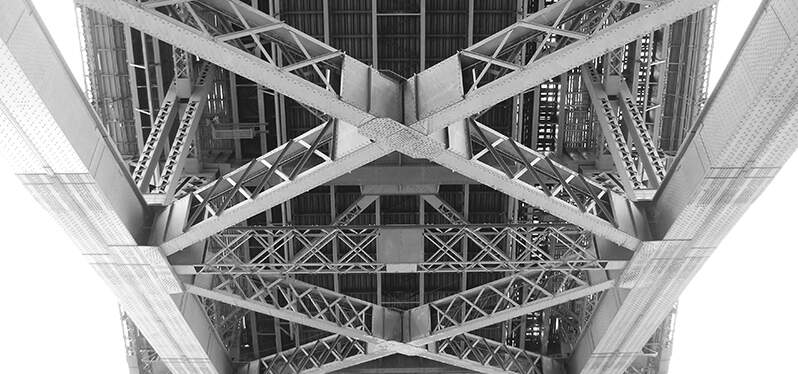
Civil works need prior studies, projects, various licenses, construction, pre-operation periods, among other processes. So it can take years for them to start working. Normally, this time is not computed because once it operates, its potential to supply water will be equal to that which was designed.
Until recently, this notion influenced the habits of the average consumer and, in particular, the urban consumer. While the United Nations recommends consumption of 110 liters/day per inhabitant, the average Brazilian consumption is 166.3 liters/day . In the state of Rio de Janeiro , for example, the average consumption is 253.1 liters/inhabitant ! Even the Brazilian Northeast , clearly a dry region , has an average daily consumption of 125.8 liters/day [1] .
It so happens that, in Brazil, water is treated as if it did not have the vital value it has, as if it were infinite, given that even today the amount charged by water service concessionaires refers to the treatment and supply of water and the collection and sewage treatment .
In this frenzy of growth, agglomeration and consumption , important components of the natural infrastructure of the hydrological cycle were impacted by pollution and became useless, disappeared or were forgotten. The results are obvious. Rivers without aquatic life, contaminated springs, storms of unprecedented proportions and intensity, floods, prolonged droughts, constant shortages, loss of crops, etc.
About 80% of the municipalities in the Midwest, South and Southeast regions of Brazil are located in river basins where there is intense competition for the various uses of water , whether human consumption, agriculture or industrial production.
This is the case, for example, of the Metropolitan Region of São Paulo , which comprises 39 municipalities, in which 21.7 million people live [2] . Nine integrated supply systems, operated by Sabesp (São Paulo State Sanitation Company), import colossal volumes of water from adjacent basins, some more than 100 km away from their center.
It is high time to shed some light on some of the concepts that we adopt and on others that we believe are outdated. It is necessary to promote the change of the paradigms that created them and that prevent the adoption of more effective solutions with less environmental impact for access to fresh and quality water.
It’s no secret that it’s impossible to create water by joining two hydrogen atoms to one oxygen atom. Therefore, the idea of water production is controversial. However, we can use the case of potato producers as an example, who do not create the molecular arrangement that constitutes them, even because potatoes have existed since long before agriculture [3] .
What potato growers do is use human knowledge [4] to gather elements and perform actions that trigger natural processes and make the potato plant grow, then harvest it and make it available for consumption. human.
Likewise, these producers can gather elements and carry out actions that allow natural processes to occur in a given area, and a greater amount of water is retained to be later captured , either for use in the area where it was captured or in another locality.
Such actions include, among others, recovering the forest at the top of the hill and carrying out conservationist practices on the middle slope and in the productive areas. These actions are aimed at improving the infiltration , percolation and recharge capacity of groundwater and retaining water from the hydrographic basin in which the area is located, thus protecting its hydrological elements. Any producer or farmer who takes these measures will be considered a “water producer”.
Potatoes are plants that, in addition to reproducing naturally, can be cloned ad infinitum and, logically, are a renewable natural resource [5] .
Recognizing that fresh water is a limited natural resource goes without saying. Adopting the concept of “water production”[3], as proposed, does not imply denying that this is a finite natural resource . To restrict the use of this concept is to submit to a limiting academic technicality, since the most important thing, especially when we consider the urgency of adopting sustainable solutions for accessing this resource, is to provide practical knowledge and facilitate the understanding of those who are in the field. field and who can act directly on the issue.
Considering the use of Green Infrastructure and Gray Infrastructure, it is also necessary to evaluate another scenario. We need to face the notion that the results of the physical-hydric recovery of hydrographic basins and the use of green infrastructure are solutions whose results are long term , and will only benefit future generations. This is not true .
Mainly within public supply companies and engineering companies, this idea is still a dogma that needs to be unmasked. There are many interests involved , given that large works move large amounts of money, are visible and can be inaugurated and celebrated.
Conservationist practices, on the other hand, are discreet, spread over the territory and over time; they are not shiny and do not demand the volume of resources even close to the resources needed for large works.
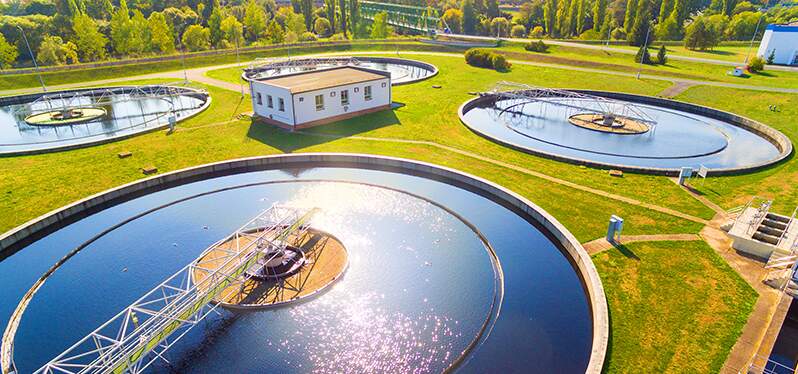
Quite the contrary, they are cheap interventions that cover different levels of the landscape – in the forest at the top of the hill, in the middle of the slope and in the thalweg [6] , they are adjustments in the distribution of land occupation, as in the management of cultures, and can be adopted in both urban and rural areas.
Moreover, due to their nature and the plurality of possible interventions, conservationist practices present results in the short term (eg desilting of springs), medium term (eg terracing) and long term (eg reforestation). These are sustainable solutions, environmental reconstruction , readjustment of human use of the environment.
Logically, these interventions do not cause pollution and represent a recognition that nature is better able to deal with its resources than man.
Another concept that needs to be explored and disseminated, when we approach the issue of the use of Green Infrastructure and Gray Infrastructure, is the Decentralization of Water Capture for Public Supply supported by the production of water and the use of green infrastructure.
It is, in fact, the strategy of recognizing each hydrographic microbasin as a “ Water Production Unit ” and using green infrastructure to optimize water production in all possible microbasins within a given region, municipality or set. of consumer units and install catchment structures at the outlet [7] of these microbasins.
There are numerous advantages of this model. Lower cost , lower environmental impact and dilution of the supply risk in case of contamination of a source caused, for example, by a road transport accident of dangerous goods or by the leakage of a polluting product by an industrial unit.
However, perhaps the greatest advantage is that, in the event of a seasonal decrease in the water produced in a given microbasin, a greater number of water abstraction alternatives will be available to compensate for the loss of production in the affected basin.
In addition to the issue of using Green Infrastructure and Gray Infrastructure, we must consider that nature’s technology is unbeatable for taking care of natural resources.
We need to stop being academically pretentious and unmasking economic interests in order to accept simple solutions. Thus, allowing the water cycle to rebalance itself and continue providing us with the primordial element for life: pure and quality water .
Many new concepts need to be disseminated and adopted so that the sustainable use of water resources can be promoted. Those mentioned in this article give an overview of two profoundly different approaches: one of transformative intervention , the other of restorative and conservationist intervention .
Considering that water is an essential element of nature, sustainability and water self-sufficiency can only come from the correct use of this natural resource. Therefore, reversing the traditional, obtuse approach , which ignores its own limits and the limits of natural systems, requires breaking paradigms and opening up to sustainable ideas and concepts .
Text prepared by Maria Albuquerque,
founder and CEO of Synergia Consultoria Socioambiental,
with consulting by Eduardo Azevedo de Arruda Sampaio.
[1] National Sanitation Information System.
[2] National Water Agency – Atlas Água e Abastecimento Urbano, 2021.
[3] “Water production is the ability of an area unit to capture, infiltrate and percolate the greatest possible amount of precipitation water and release it (through springs or in the base flow), for the most part, resulting in a flow, throughout the entire extension of the receiving water body, more uniform and in the longest possible period of time”. Calheiros (2020).
[4] Before the rise of human agriculture approximately 10,000 years ago, potatoes were not domesticated. The first archaeological records of potato cultivation are from 8,000 years ago. https://www.smithsonianmag.com/history/how-the-potato-changed-the-world-108470605/
[5] Although potatoes produce flowers and seeds, most growers take advantage of their ability to propagate vegetatively through tubers. The cloning of potato plants is also useful to maintain their genetic and phenotypic properties, which allows uniform products to be offered to the market.
[6] Talveque: line of greater depth in the bed of a watercourse.
[7] Outlet: location of a watercourse where all surface runoff generated within a watershed takes place.
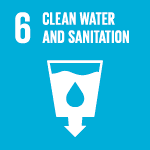
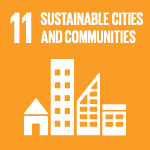
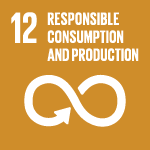
Sign up and receive our news.